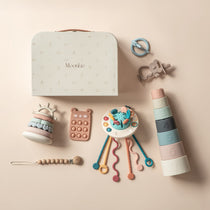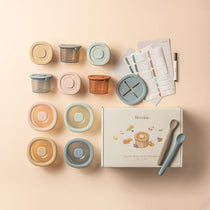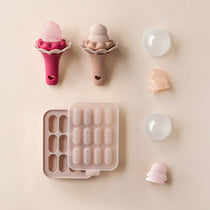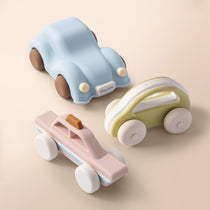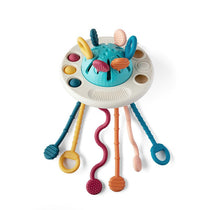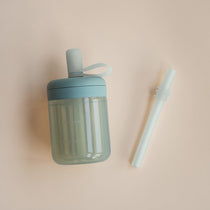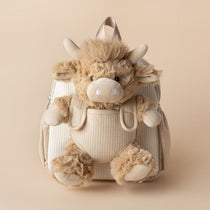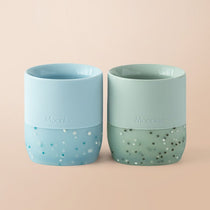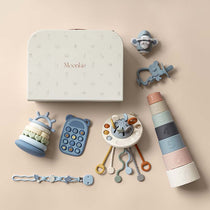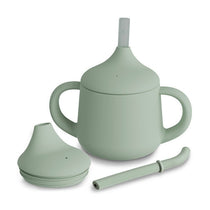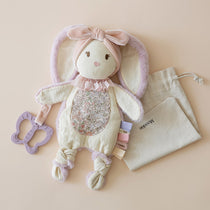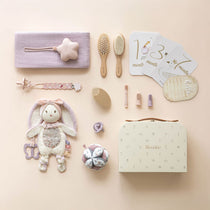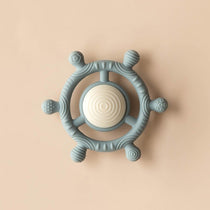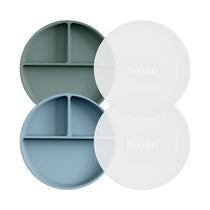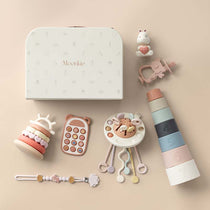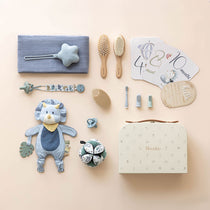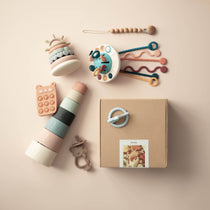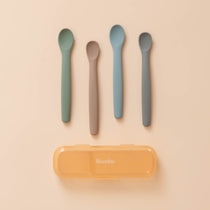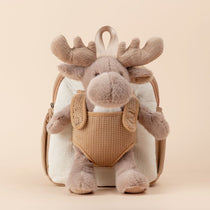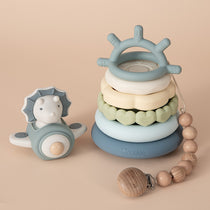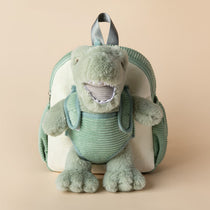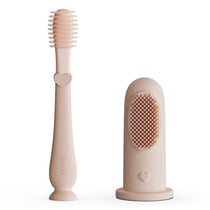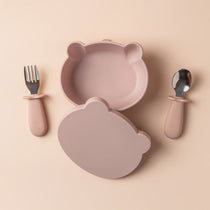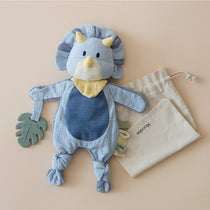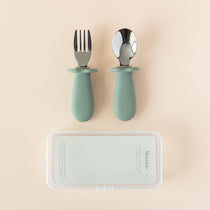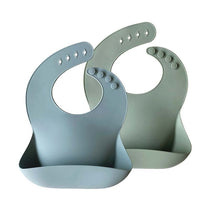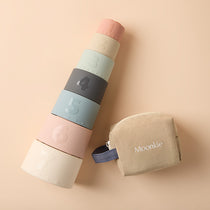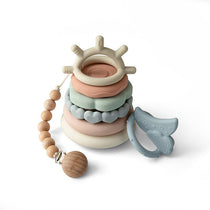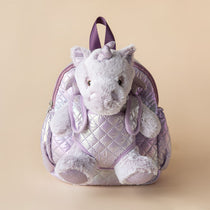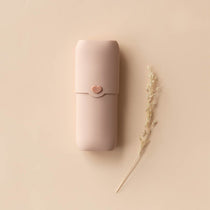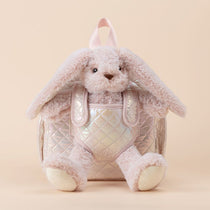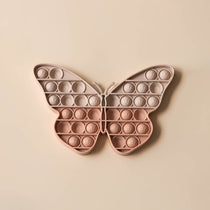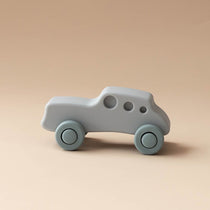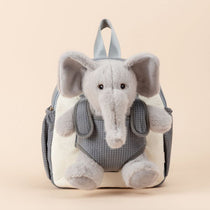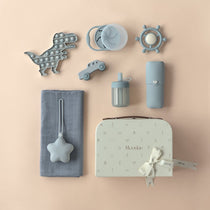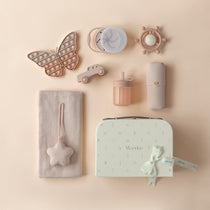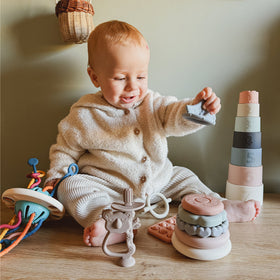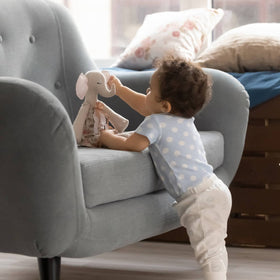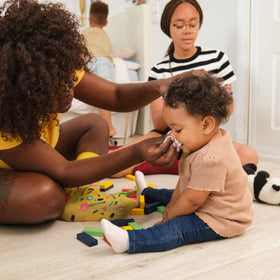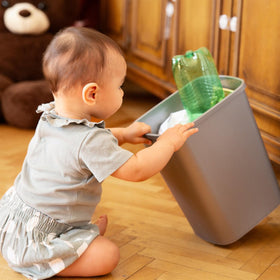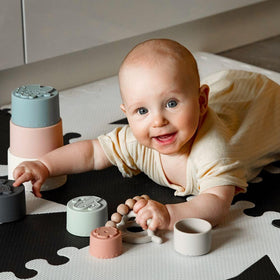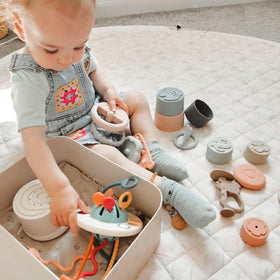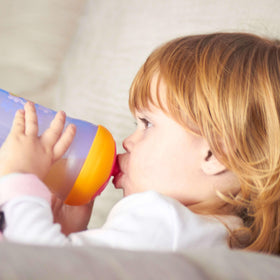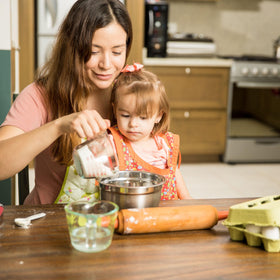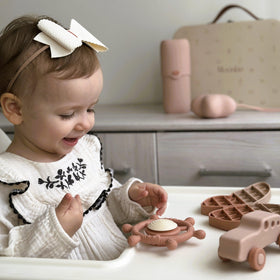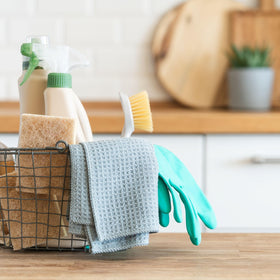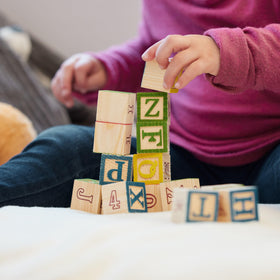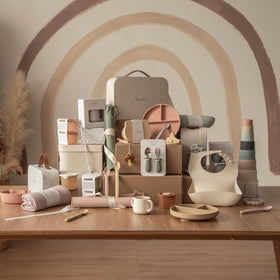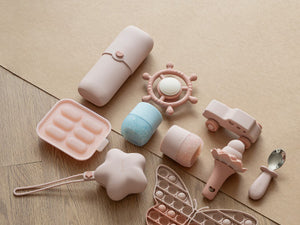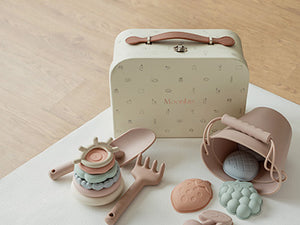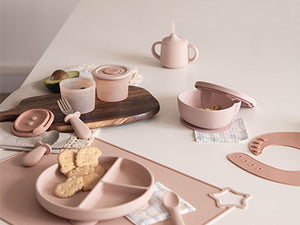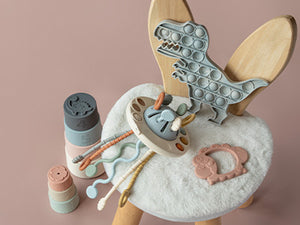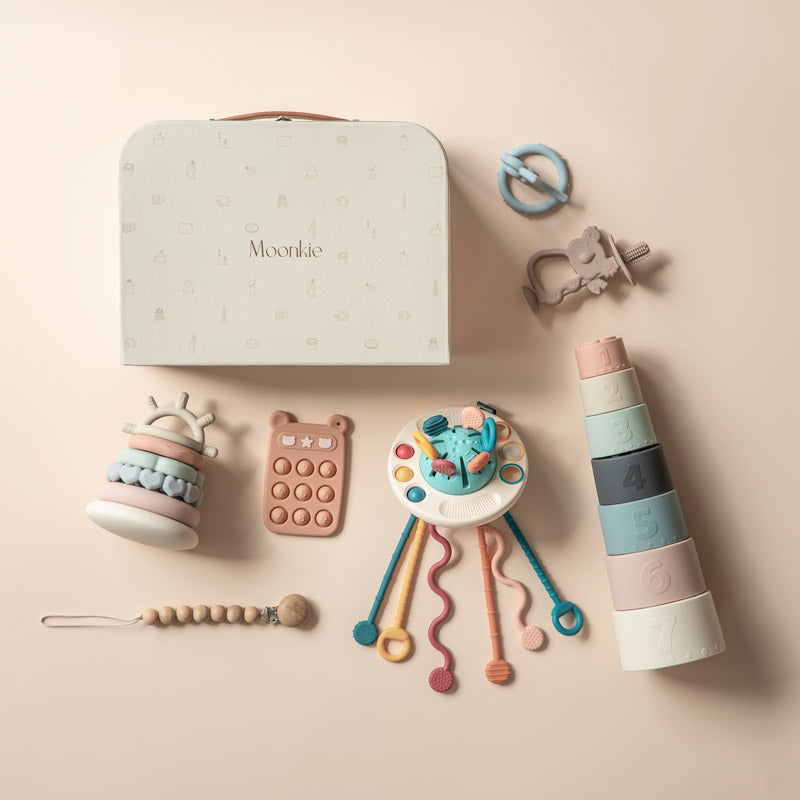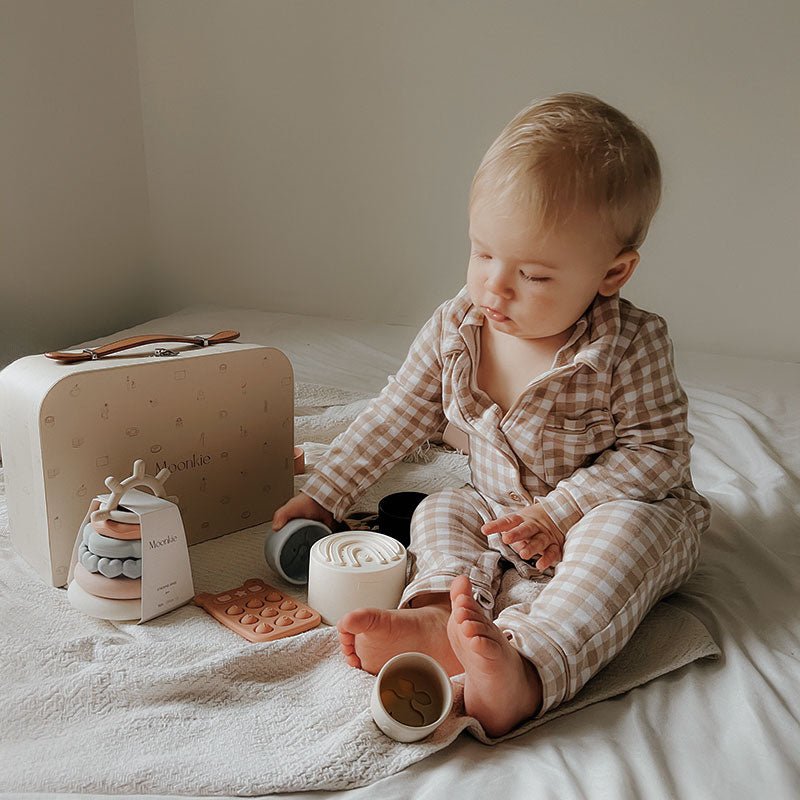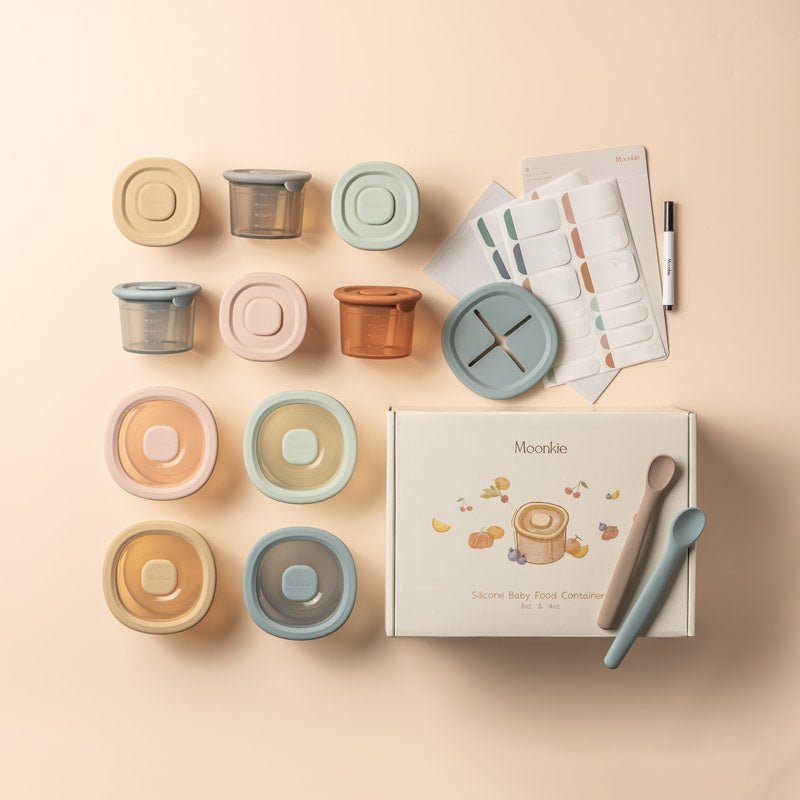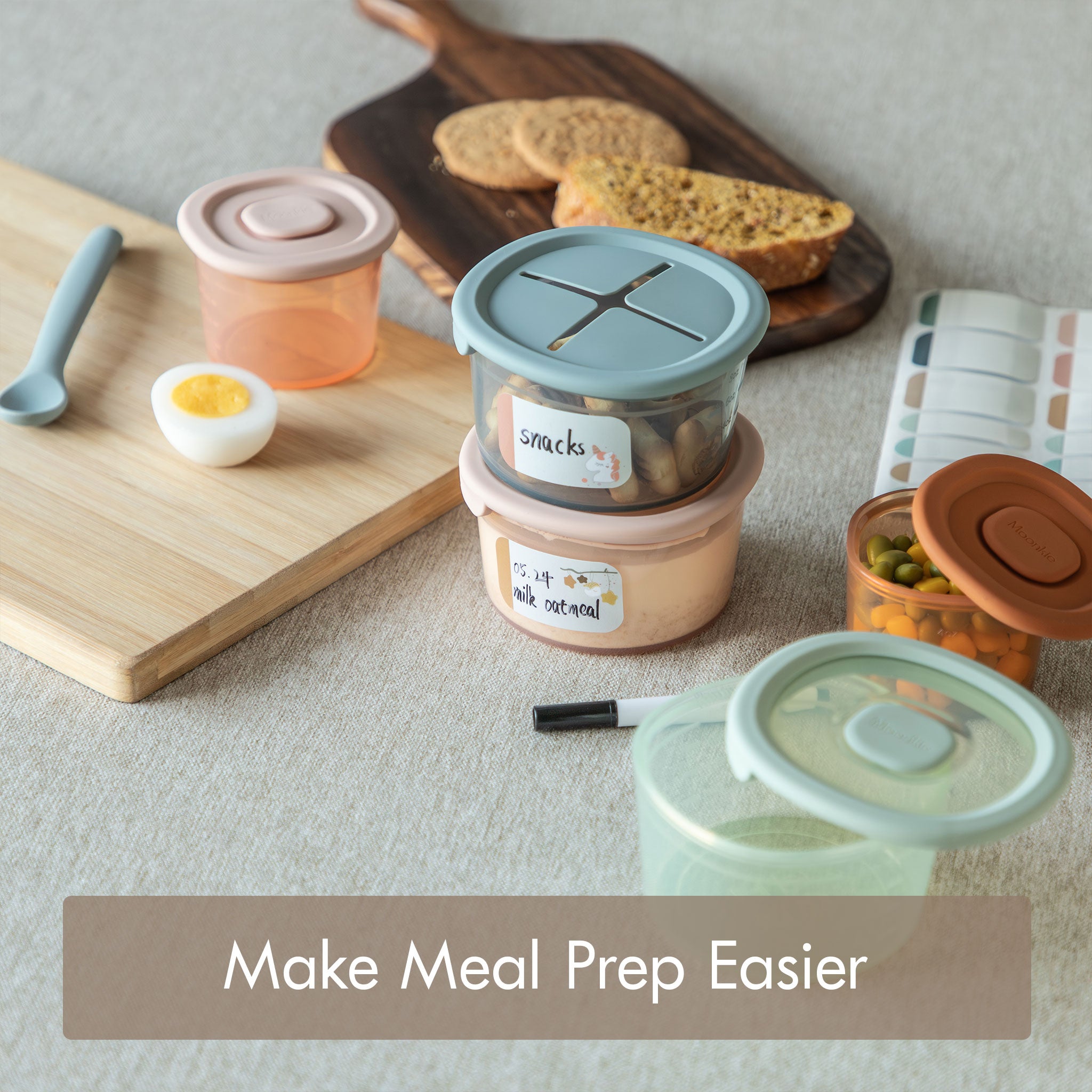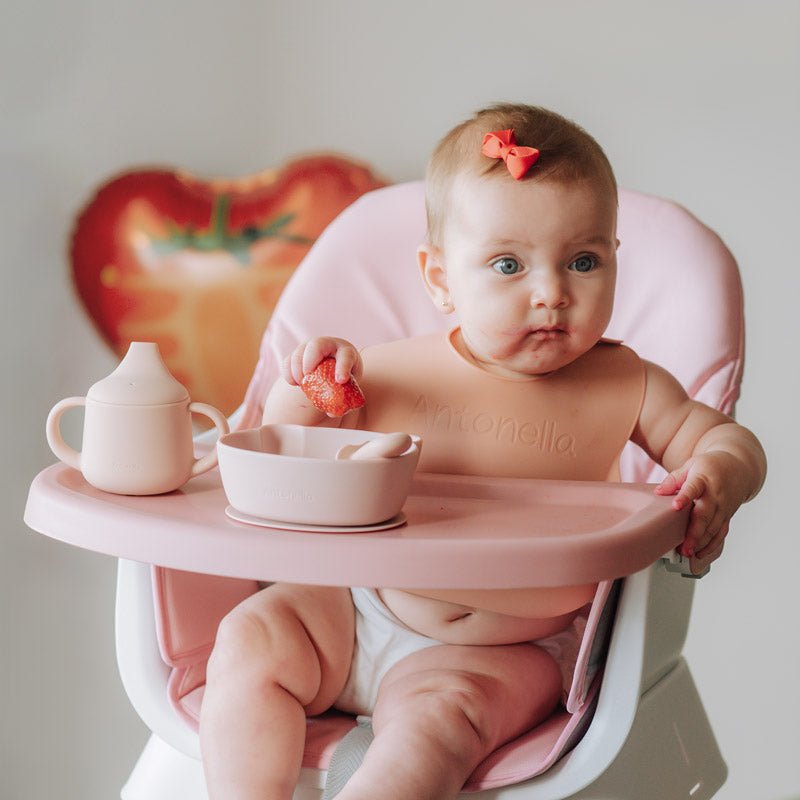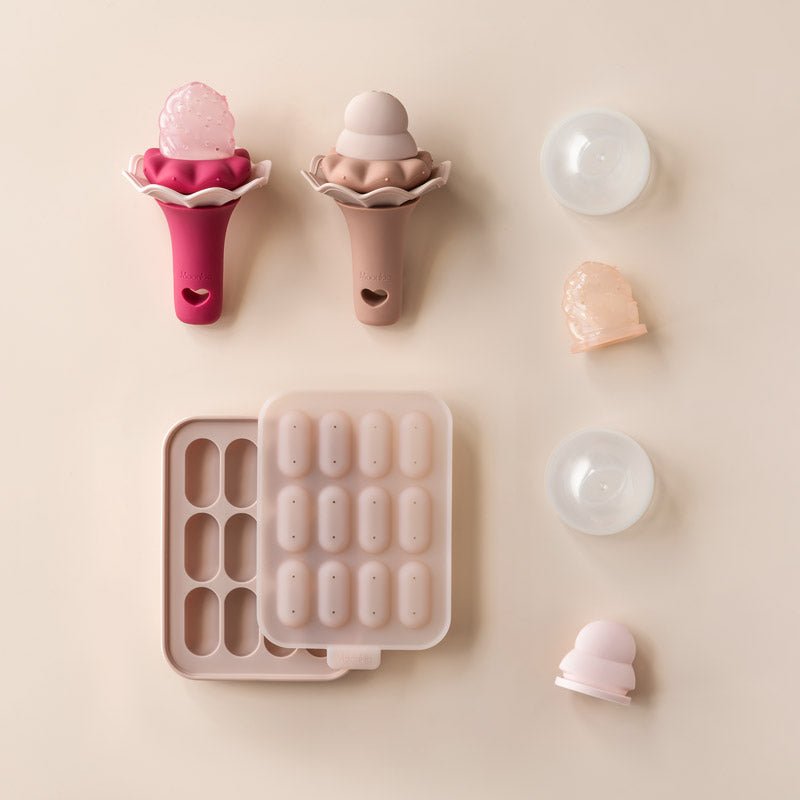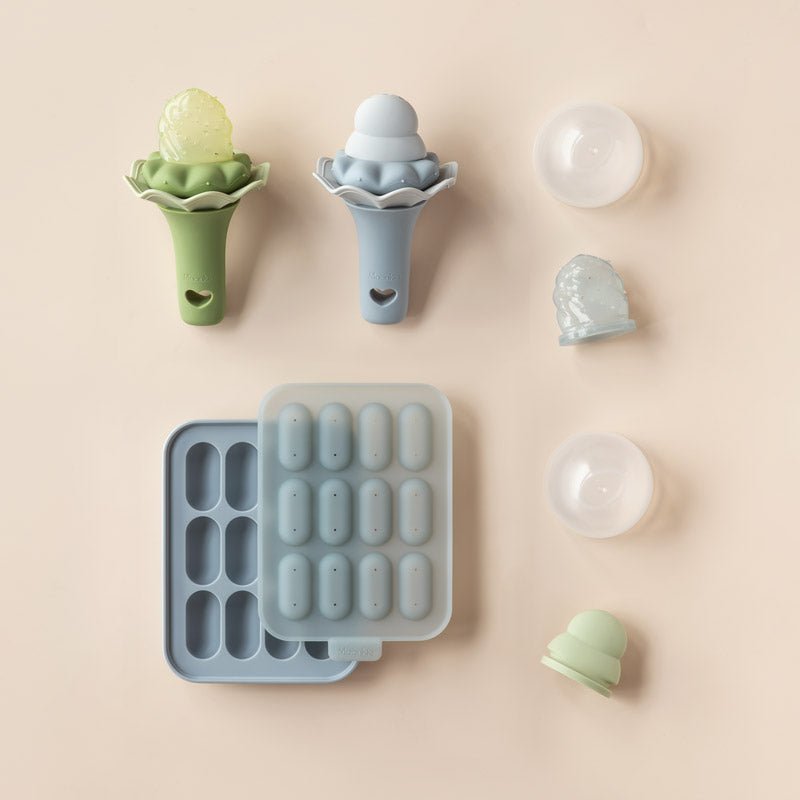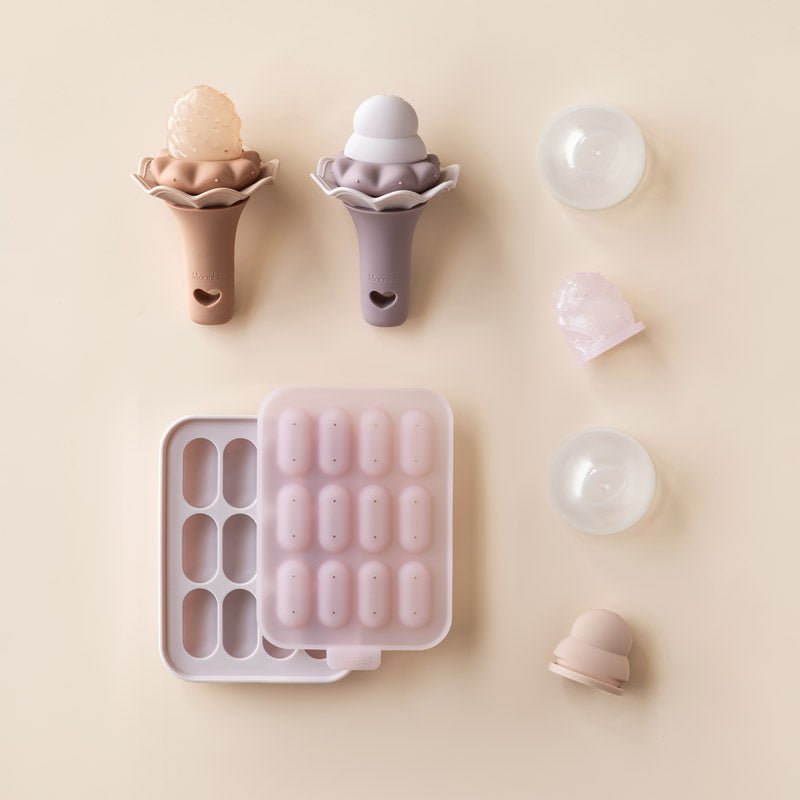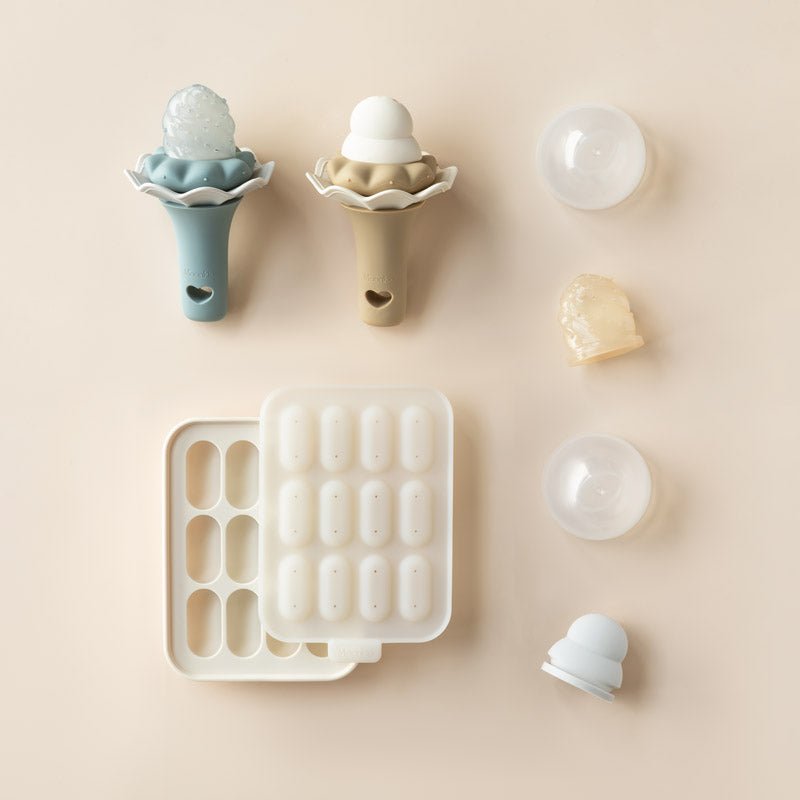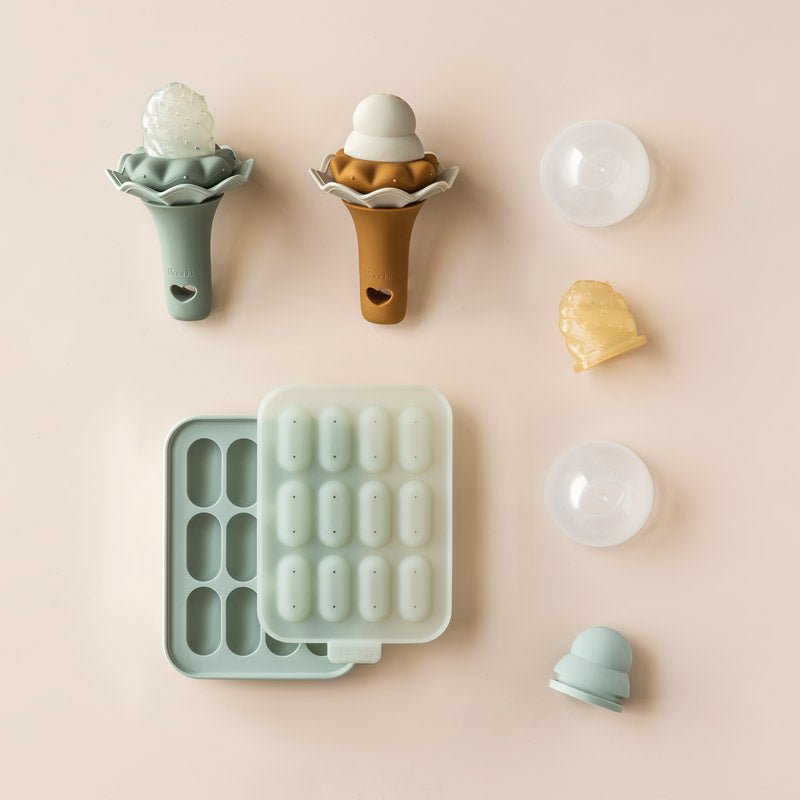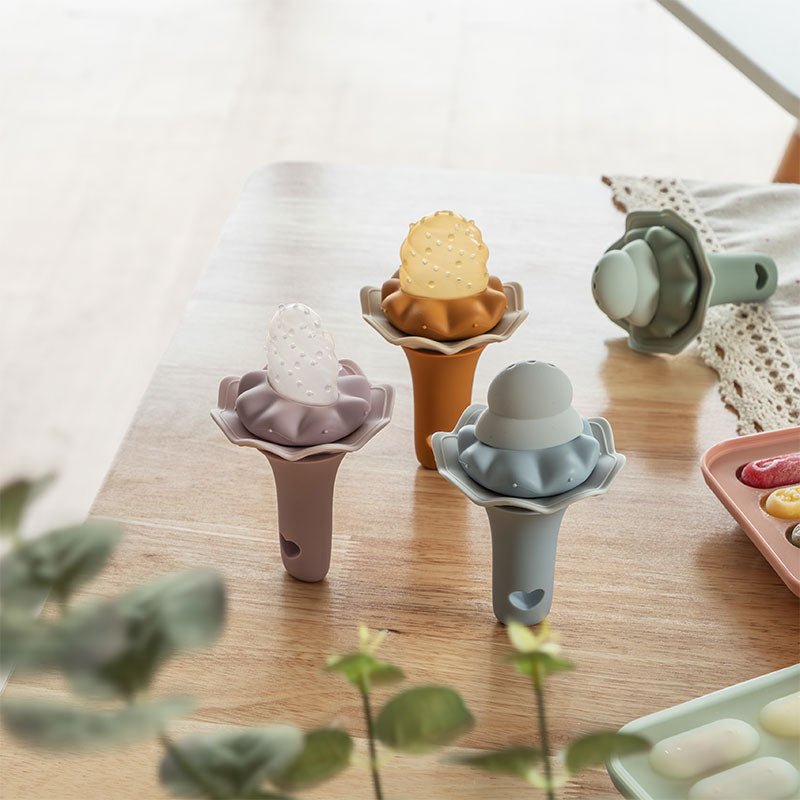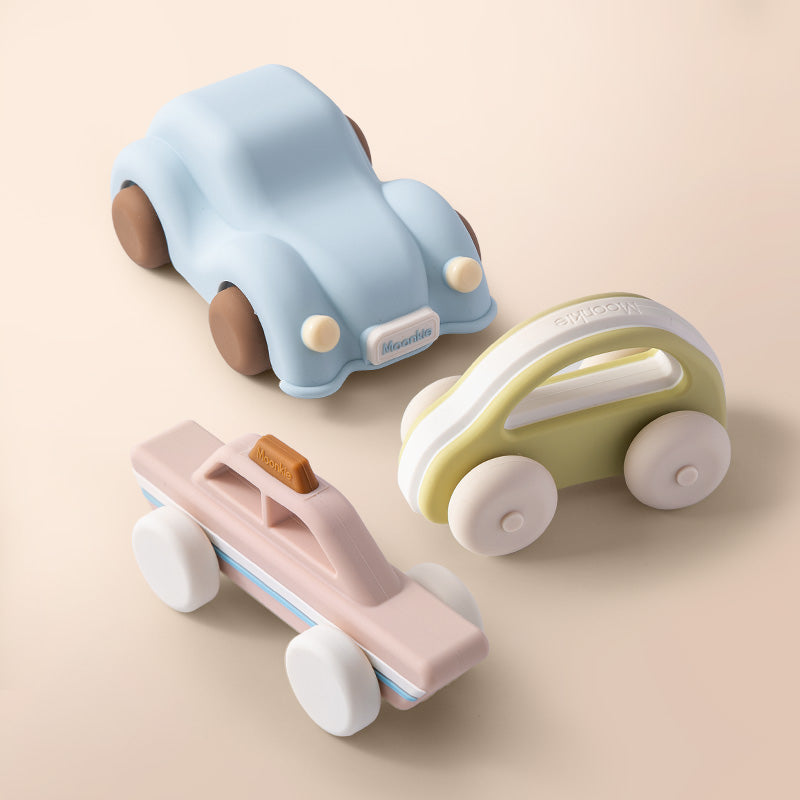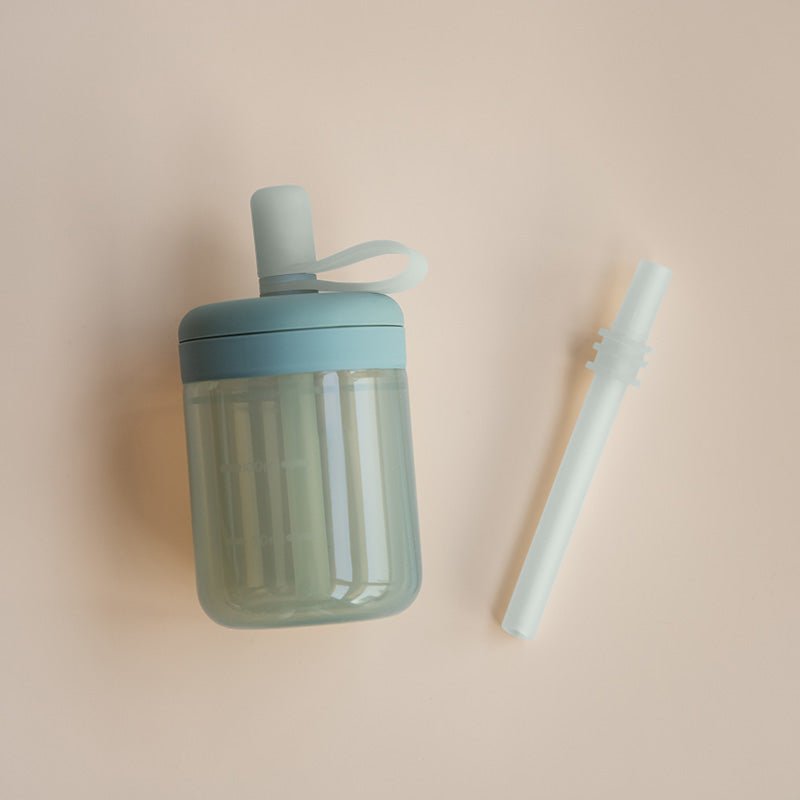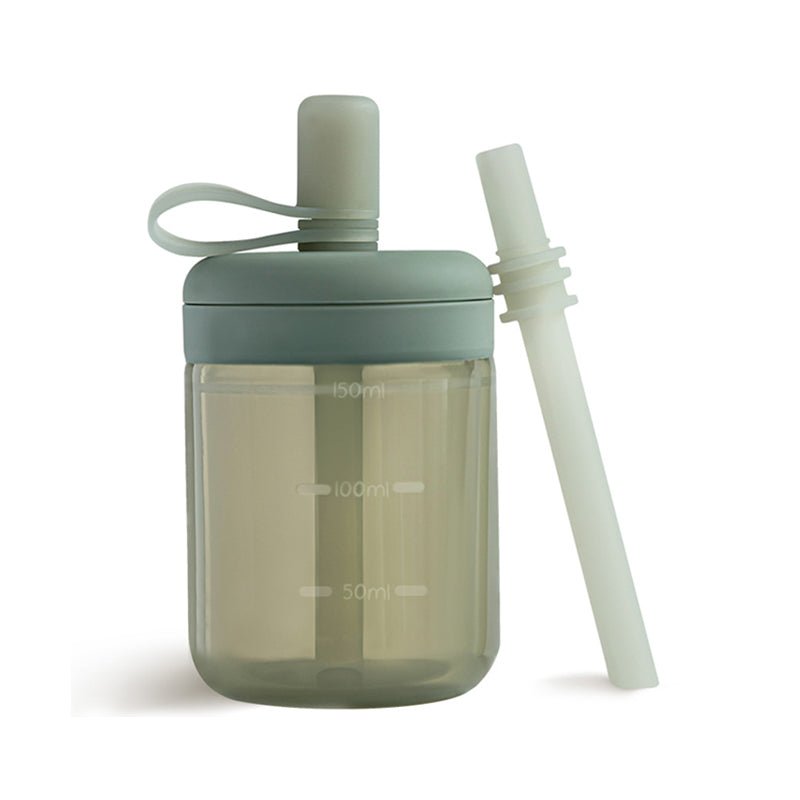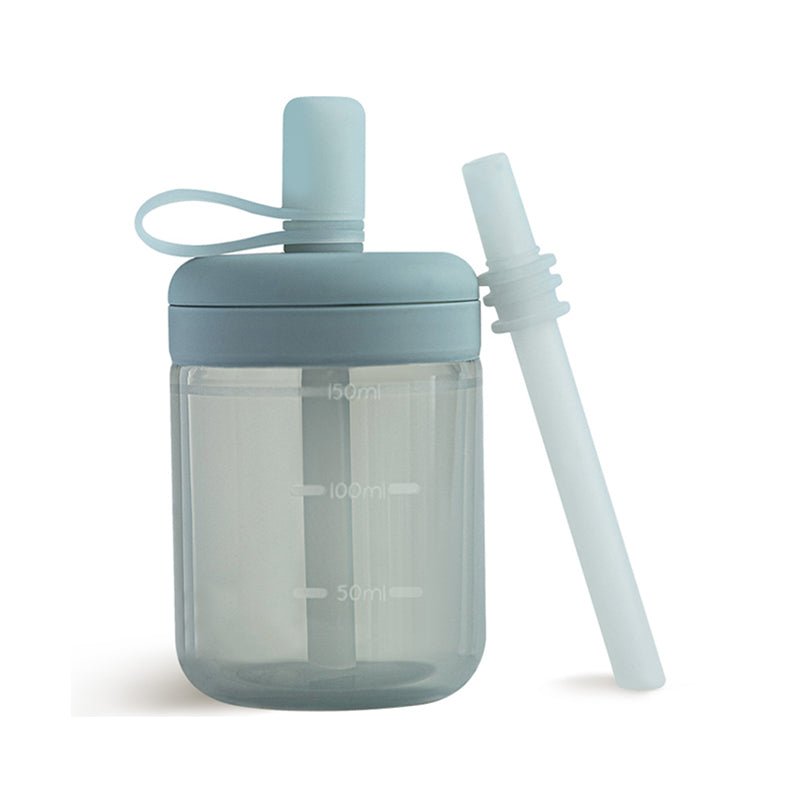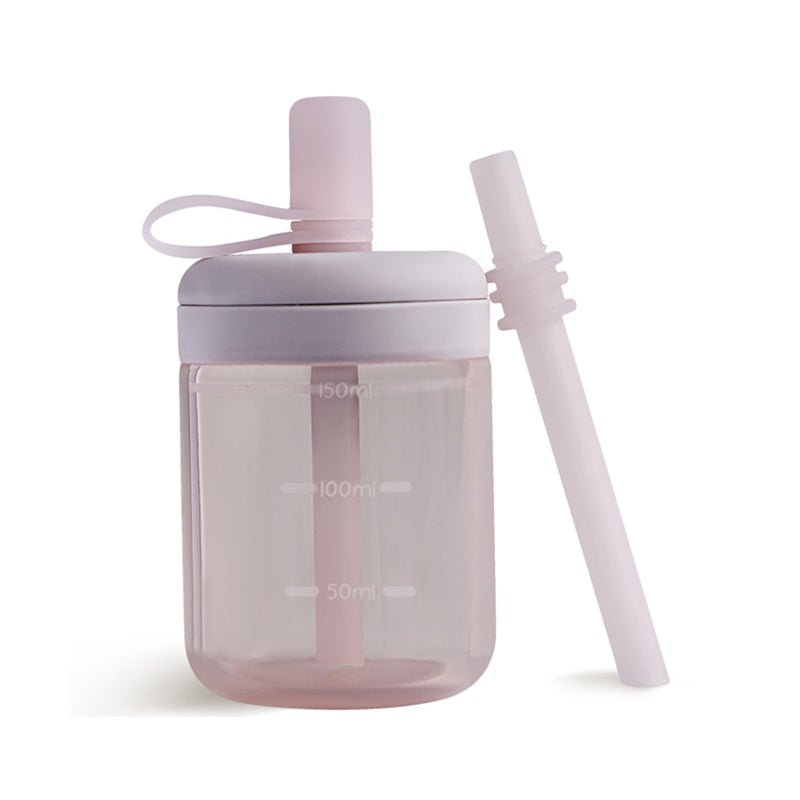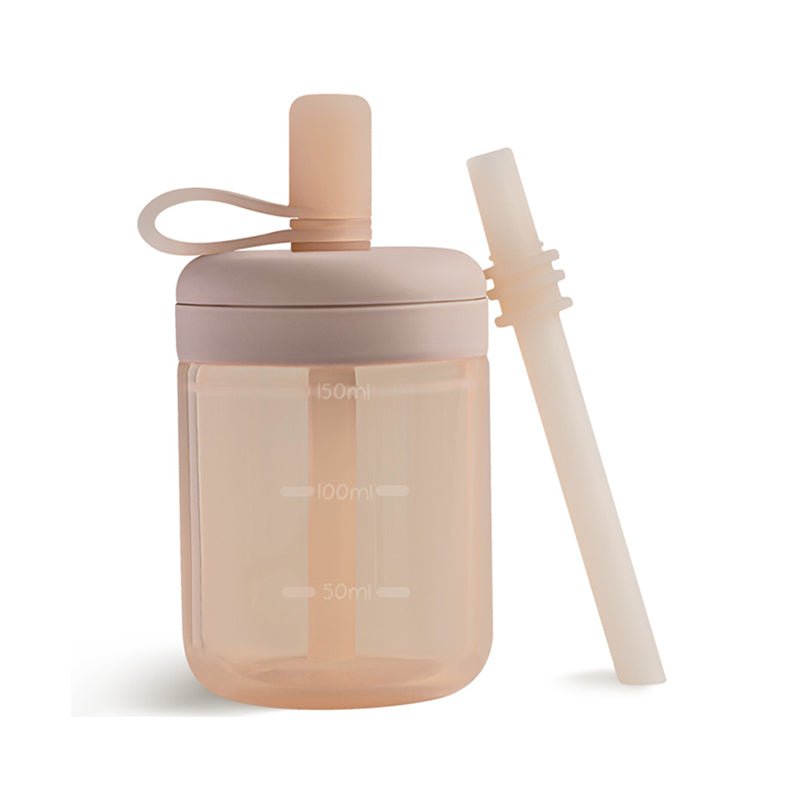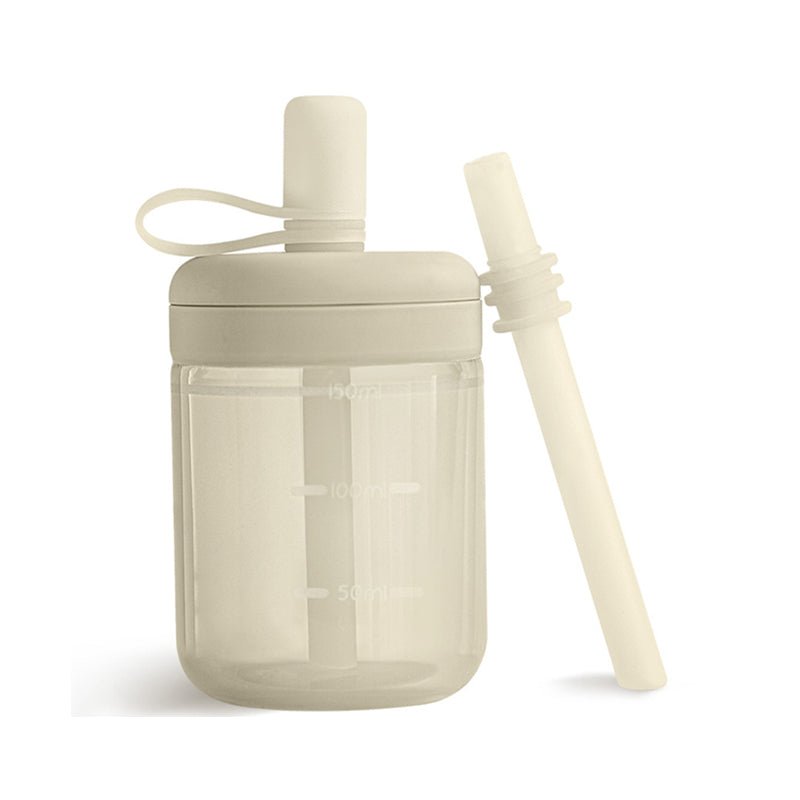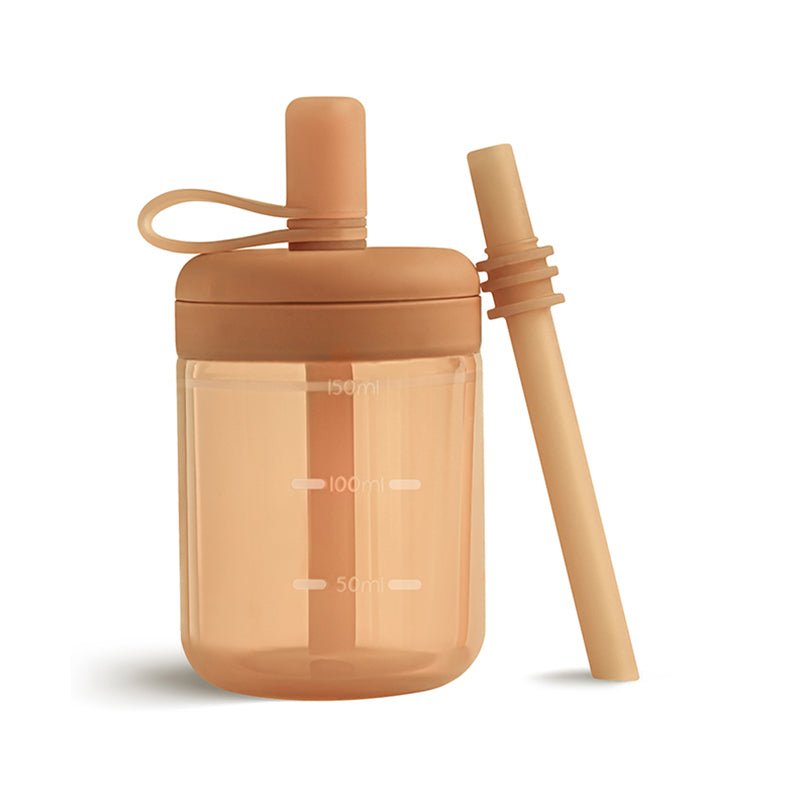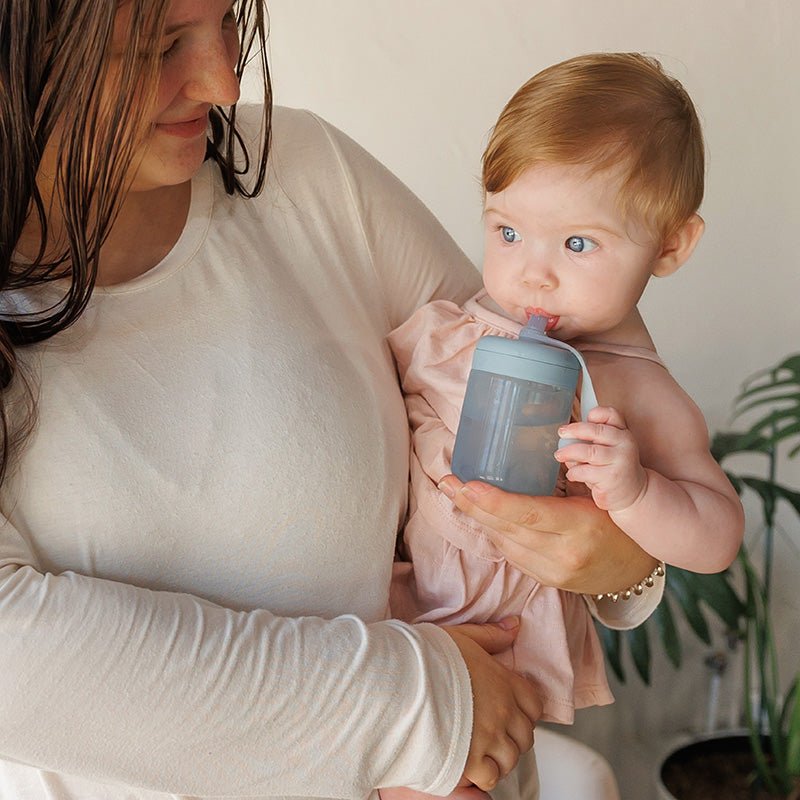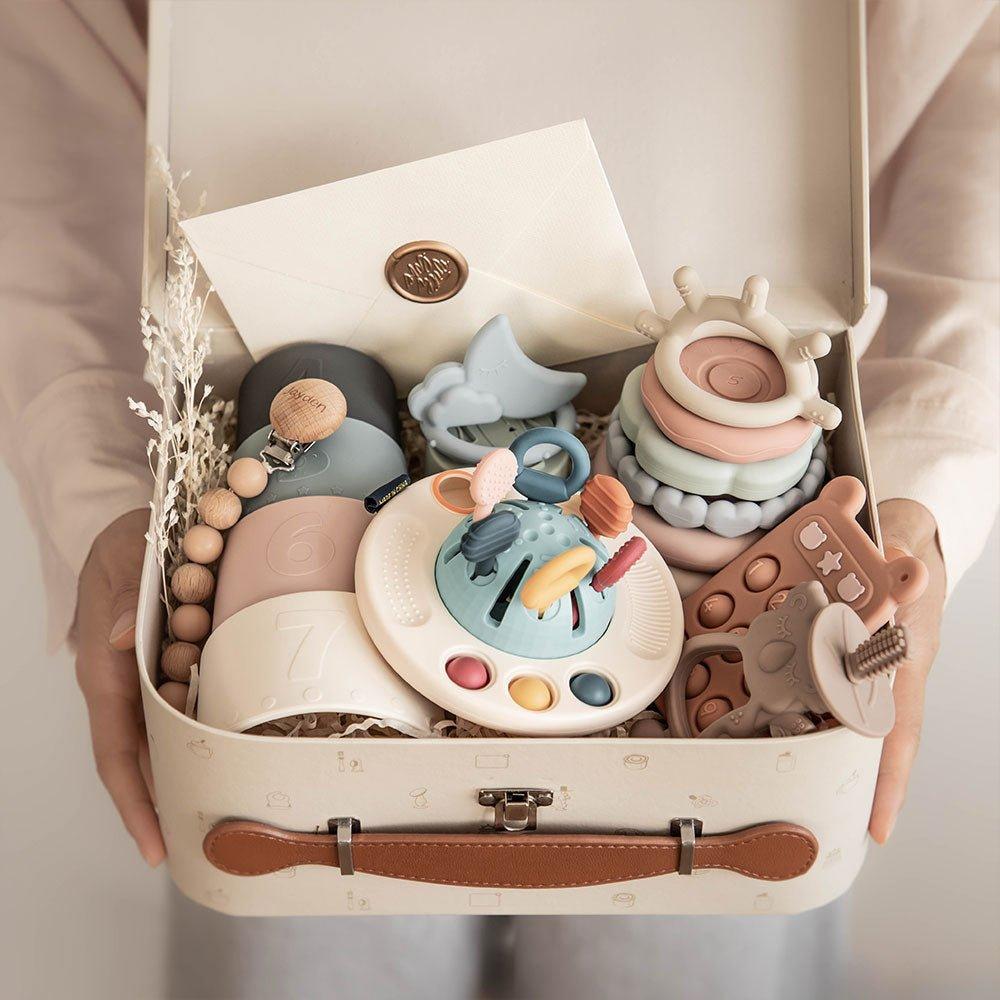Anyone who has shopped for baby teethers knows how many options are out there on the market. The most common teethers are made of wood, plastic, rubber, silicone, or gel-filled silicone. With silicone everywhere nowadays, many parents are asking, "Are silicone baby teethers safe?"
Silicone baby teethers are a popular choice among parents because they relieve your teething baby's irritated gums. However, there is a growing concern about the safety of silicone teethers.
In this article, we will explore the safety concerns surrounding silicone baby teethers and provide insights into how to ensure that your baby is safe while using them.
What Are Silicone Baby Teethers?
Silicone baby teethers are soft, chewable toys designed to relieve madly chomping babies during the teething phase. They come in various shapes and sizes and are made of food-grade silicone, which is considered safe for babies.
Silicone is a synthetic polymer that is non-toxic, hypo-allergenic, and does not contain any harmful chemicals such as BPA, phthalates, or PVC. That's why you see it everywhere in the baby-product world!
Chief Concerns with Silicone Baby Teethers
Silicone baby teethers are generally considered safe for babies. However, there are some safety points that parents should be aware of before using them.
Parents can avoid many of these concerns simply by opting for an age-appropriate, one-piece silicone teether and cleaning it daily.
Choking Hazard
One of the main concerns is the risk of choking. It is crucial to ensure that the teether is age-appropriate and has no small parts that could come loose and be swallowed by your baby.
Being so easy to mold into different forms, silicone is a popular choice for making creative teethers, like teether bracelets and necklaces for parents to wear. The idea behind these is genius: wear something a baby can chew on at any time so he or she doesn't chew on something more harmful, like your watch or wedding ring.
However, teether jewelry is made of decorative silicone beads that are small enough to be a choking hazard. Should your little one manage to chew one off or break the necklace, they can swallow a bead or two.
Moreover, any string or rubber cord long enough to go over an adult's head is plenty long for little ones to get tangled. Tangling can lead to strangulation around the neck or stopping blood flow to a finger.
To ensure that your baby is safe using silicone teething rings, never tie the teether around the neck or wrist. Instead, opt for short clips to their onesie, like these.
Bacterial Growth
Another concern is the risk of bacterial growth on the teether. Babies put everything in their mouths, and if the teether is not properly cleaned, it can become a breeding ground for harmful bacteria.
It is essential to clean the teether thoroughly after each use and to replace it if it shows any signs of wear and tear, such as cracks or holes.
To clean a silicone teether, use warm, soapy water and a clean cloth. You can also sterilize it by boiling the teether for five minutes. Even easier, just toss the teether into the dishwasher and give it a good rinse when it's done. Silicone teethers are easy to clean!
Chemical Exposure
While silicone teethers do not contain harmful chemicals such as BPA, phthalates, or PVC, there are still concerns about chemical exposure. Some silicone teethers may be made with added chemicals, such as dyes or fragrances potentially harmful to babies.
To ensure that your baby is safe while using silicone teethers, choose teethers made of food-grade silicone and free from added chemicals. Look for teethers certified by regulatory bodies such as the FDA or the European Union's CE marking (source).
It is worth noting here that not all "food-grade silicone" is high-quality. Some silicone is made from cracked material, which is cheaper but not easy to clean. Instead, this more low-grade silicone has a slightly sticky surface, oily problems, or smells weird--none of which you want your baby exposed to!
At Moonkie, we use the absolute best silicone for all of our silicone baby toys and teethers: we let the silicone fully cure and test it relentlessly before putting it in the shop. We even went a step further and got our products certified!
Sustainability
Sustainability is another concern that parents may have when it comes to silicone teethers. Some silicone teethers may be made from unsustainable sources or may not be biodegradable, which can have a negative impact on the environment.
To make sure your baby is safe while using silicone teethers and to minimize your environmental impact, look for teethers made from sustainable sources that last a long time and are biodegradable. Some eco-friendly options include teethers made from natural rubber.
As parents ourselves, we believe that babies should not chew on materials loaded with chemicals, and we feel responsible for doing our part in preserving the Earth for their future, which is one of the reasons we do what we do here at Moonkie.
It is also why we work with only high-quality, food-grade silicone: our teething toys are durable, long-lasting, and fun for all early childhood stages. In other words, one Moonkie teether set will last a family for years and hold up to several children.
Are Silicone Baby Teethers Helpful?
Silicone baby teethers are helpful in that they are softer than wooden or plastic teethers and, therefore, more gentle and soothing to sore, irritated gums and teeth that have already broken through.
By nomming on silicone baby teethers, your little one is soothing those sore gums and moving that tongue around (a precursor to speech patterns). And don't worry; your sweet bug will not likely bite through high-quality silicone or crack it.
Where silicone baby teethers really shine is their versatility in textures and cleaning. By having a variety of teething toy textures, your little one's explore-everything-by-mouth stage will have plenty to discover. Once something else is in focus, you can rinse the silicone teether with warm, soapy water or pop it into the dishwasher.
For extra difficult teething days, chill a silicone teether in the fridge (definitely not the freezer) for thirty minutes before giving it to your chomper. The coolness will provide additional relief.
Tips for Using Baby Teething Toys
First things first: find a teether that is safe and age-appropriate. But what does that mean exactly? We've got you covered! When choosing baby teething toys for your little one, consider the teether's safety, structure, cleanliness, and official safety standards (source).
Here is a brief checklist to get you on the right track:
| Things to Consider | Checklist |
| Safety |
|
| Structure |
|
| Cleanliness |
|
| Safety Standards |
|
How Do You Clean Silicone Teething Toys for Babies?
You can clean silicone teething toys for babies by rinsing them in warm, soapy water or by washing them in the dishwasher. For deep cleaning, you can boil them in water for five minutes.
If a silicone teething ring has mystery goop on it from older kids, try cleaning it with the methods above. If the teether is a heavily textured ring and you can't get everything out, it is best to toss that one and replace it with a new teether.
Of course, if anything like superglue, cleaner, or duct tape residue somehow adheres to the surface of a silicone teething toy, you should just throw the teether away. Keeping it isn't worth your baby's health!
If you have silicone teethers from older children, check them closely for dents, holes, and cracks. If clear of damage, clean with warm, soapy water and boil for five minutes. Silicone teethers are wonderfully durable and long-lasting, but cleanliness is critical for safeguarding your baby's health.
Alternative Ways to Ease Teething Pain
Does your little one ignore teethers altogether? No worries! There are some alternative ways to ease teething pain. One of the most popular is using a clean finger or a silicone finger toothbrush for babies to rub their gums.
Another tried-and-true method is taking a rolled-up wet washcloth or a knotted wet tea towel and chilling it in the fridge for a while before giving it to your baby. Some little ones prefer to chew towels over teethers.
For older babies (8 to 12 months), you can offer teething biscuits, puffs, semi-frozen veggies, or soft fruits. Just avoid giving snack after snack back-to-back.
If all else fails, you can always do something active with your little one. Teething is a painful stage for your little one; sometimes, he or she will be all out of sorts and cranky about that.
But you are your baby's #1 source of comfort. By playing on the floor together, going for a walk, or playing outside, you can turn a fussy, uncomfortable time into a fun connection moment.
What you should not do is apply a topical medication to sore gums, including teething creams and gels, homeopathic teething tablets, and prescription gels. According to the FDA, the risks associated with these creams, gels, and tablets far outweigh their meager benefits (source).
Should I Give My Toddler a Silicone Teether?
If you have a toddler and an infant at home, then you know the struggle with your toddler wanting to do things like a baby. Though this is okay for a time and stinkin' cute, allowing your toddler to gnaw on a teether is a question parents often have.
Yes, it is okay to give your toddler a silicone teether. For one, toddlers teethe too, especially when their molars are coming in. Since there are just a few ways to help them get through this stage, offering a silicone teething ring will at least ensure they are chewing on something safe to bite on.
You should watch your toddler closely as they chew, however. If they begin biting hard enough to indent or cut parts of the silicone, then you need to take it away. For this reason, gel-filled silicone teethers are entirely out of the question.
Moreover, if your toddler begins complaining about sore teeth or seems to be biting especially hard on the teething ring, they should probably work on something else instead to avoid harming their established teeth.
Overall, giving a solid, one-piece silicone teething toy to your toddler is okay for getting them through toddler teething. Just ensure they don't hurt themselves or bite through parts of the toy, and keep it clean!
If you would like to learn more about age-appropriate sensory toys and activities for teething babies through to the toddler years, read From Teething to Tummy Time: The Top Sensory Toys for Every Stage of Babyhood.
The Benefits of Sensory Activities
Baby teething toys are a type of sensory activity involving taste and touch. Sensory activities engage a little one's senses and encourage learning through exploration.
Since babies and toddlers learn primarily through observation and handling things, sensory activities are a vital part of their cognitive and physical development. Sensory activities can be anything from playing in a bin full of rice to rolling a sealed water bottle full of glitter around to shaking a rattle.
The main thing to stay on top of as a parent is how your little one's sensory activity needs evolve as they grow. Though textured silicone teethers and tummy time playmats are excellent for a four-month-old, they aren't enough for a twelve-month-old who would rather play with a push toy or stacking cups.
Educating yourself on your baby's developmental stages, along with close observation, is key for encouraging their healthy growth and development. We discuss this more in our article Baby Sensory Activities: A Guide to Promote Healthy Development.
In a Nutshell
Silicone teethers can be a safe and effective way to provide relief to babies during their teething phase. However, parents should be aware of the potential safety concerns and take steps to ensure that their baby is safe while using silicone teethers.
Things you can do include choosing age-appropriate teethers that do not pose a choking hazard, cleaning the teether thoroughly after each use, and choosing teethers free from added chemicals and made from sustainable sources. By following these safety guidelines, you can help keep your baby safe and healthy during the teething phase.

